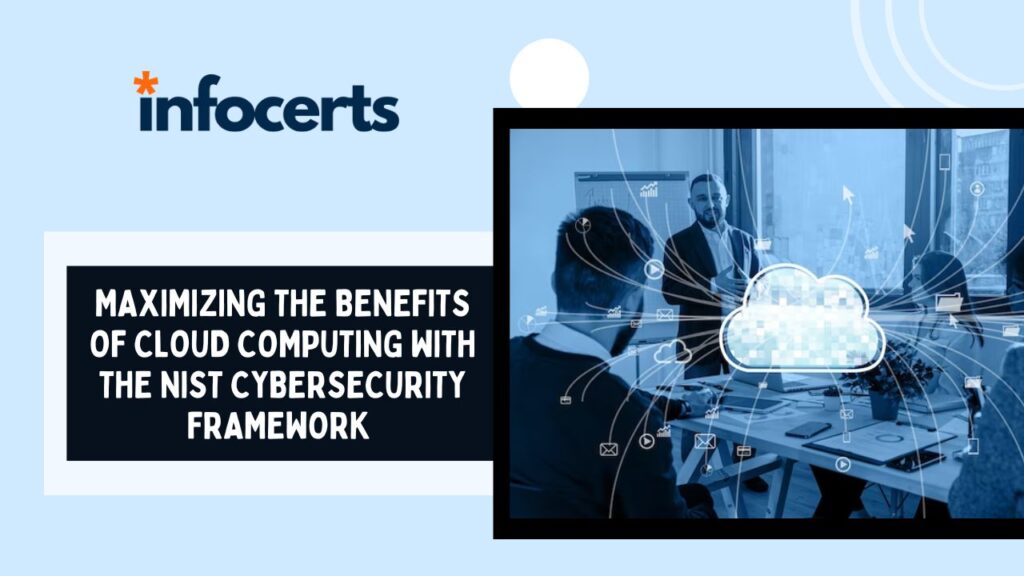Introduction: Cloud Security Best Practices has revolutionized the way businesses operate, enabling scalability, cost-effectiveness, and enhanced collaboration. However, as organizations increasingly rely on cloud services, ensuring robust cybersecurity measures becomes imperative. To help address this challenge, the National Institute of Standards and Technology (NIST) developed the NIST Cybersecurity Framework (CSF). In this blog post, we will explore how leveraging the NIST CSF can maximize the benefits of cloud computing while ensuring robust security.
- Risk Assessment and Management: The NIST CSF provides a comprehensive framework for assessing and managing cybersecurity risks associated with cloud computing. By conducting a thorough risk assessment, organizations can identify potential vulnerabilities, threats, and impacts on their cloud infrastructure. This enables the implementation of appropriate security controls to mitigate these risks and protect sensitive data.
- Security Architecture: Implementing a Robust Security architecture is essential to safeguard cloud-based resources. The NIST CSF offers guidance on establishing a strong security foundation, including network segmentation, secure access controls, and data encryption. By adopting these best practices, organizations can ensure the confidentiality, integrity, and availability of their cloud-hosted applications and data.
- Continuous Monitoring and Incident Response: Cloud environments require ongoing monitoring to detect and respond to security incidents promptly. The NIST CSF emphasizes the importance of continuous monitoring, threat detection, and incident response capabilities. By implementing robust monitoring tools and Incident Response procedures, organizations can identify and mitigate security breaches in real-time, minimizing the potential impact.
- Training and Awareness: Human factors play a crucial role in Cloud Security Best Practices. The NIST CSF advocates for employee training and awareness programs to educate users about potential threats, phishing attacks, and security best practices. By promoting a culture of cybersecurity awareness, organizations can empower their workforce to become the first line of defense against cyber threats.
- Third-Party Risk Management: Engaging with cloud service providers (CSPs) introduces additional Cybersecurity Risks. The NIST CSF highlights the importance of assessing and managing third-party risks. Organizations should establish clear security requirements and conduct due diligence when selecting CSPs. Regular audits and contractual agreements can help ensure that CSPs adhere to stringent security standards.
Conclusion: Cloud computing offers tremendous advantages, but organizations must prioritize cybersecurity to maximize these benefits. By leveraging the NIST CSF, organizations can implement a proactive and holistic approach to cloud security. Through risk assessment, robust security architecture, continuous monitoring, employee training, and third-party risk management, businesses can confidently embrace Cloud Computing while safeguarding their sensitive data and systems from evolving cyber threats.
FAQs
- What is the NIST Cybersecurity Framework (CSF)?
- Why is the NIST CSF relevant for cloud computing?
- Is the NIST CSF a mandatory requirement for cloud computing?
- How can the NIST CSF help maximize the benefits of cloud computing?
- How often should organizations review and update their cloud security measures using the NIST CSF?
——————————————————————————————————————–
Infocerts, 5B 306 Riverside Greens, Panvel, Raigad 410206 Maharashtra, India
Contact us – https://www.infocerts.com

